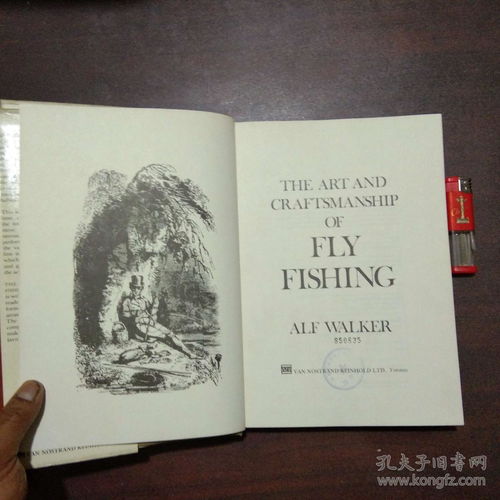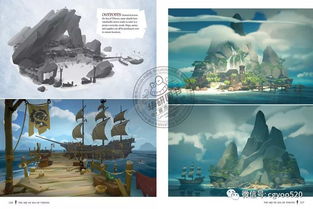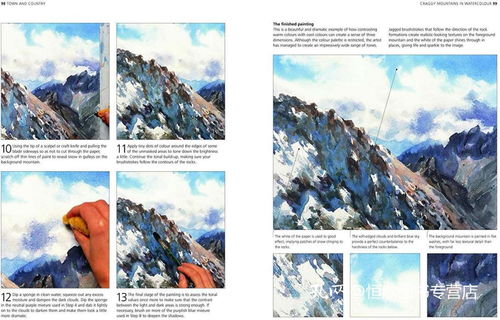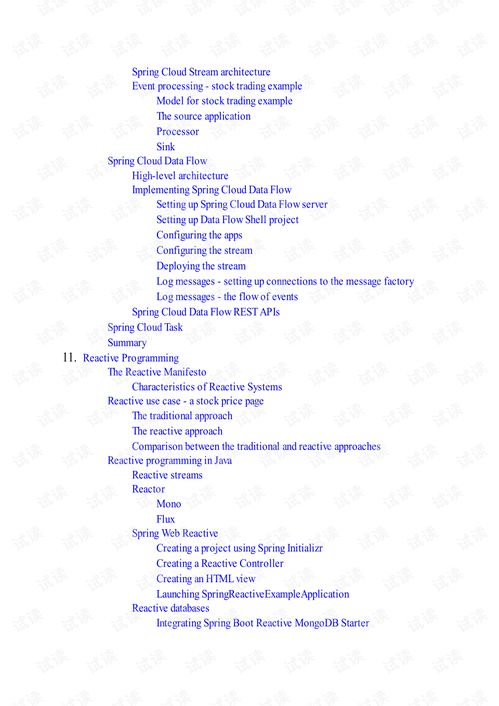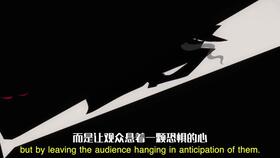Content:

Introduction: Fishing, an ancient pastime that has stood the test of time, offers not just a means to catch your dinner but also a serene escape into nature. Whether you're a seasoned angler or a beginner, the thrill of reeling in a big catch is undeniable. However, to elevate your fishing experience and increase your chances of scoring high, it's essential to master some key techniques. In this article, we'll delve into the art of angling and provide you with proven strategies to boost your fishing score.
Choose the Right Equipment: The foundation of a successful fishing trip lies in the equipment you choose. Here are some tips to help you select the best gear:
a. Rod and Reel: Match the rod and reel to the type of fish you're targeting. For example, a lightweight rod and reel are ideal for panfish, while a heavy-duty setup is necessary for larger species.
b. Line: Use the appropriate line strength for the fish you're after. Thicker lines are more visible to fish and may spook them, so opt for a lighter line if you're fishing in clear water.
c. Lures and Baits: Familiarize yourself with the natural prey of the fish you're targeting and use lures or baits that mimic them. Experiment with different colors and sizes to see what works best.
Understand the Habitat: To catch fish, you need to know where they are. Here's how to understand the habitat:
a. Research: Learn about the specific water body you're fishing in, including its depth, structure, and vegetation.
b. Timing: Fish are more active during certain times of the day. Early morning and evening are typically the best times for catching fish.
c. Weather: Pay attention to weather patterns, as they can significantly impact fish behavior. Overcast days and cooler temperatures often lead to more active fish.
Master the Art of Casting: A well-executed cast can make all the difference. Here are some casting tips:
a. Practice: Spend time practicing your casting technique to improve your accuracy and distance.
b. Wind: Adjust your cast to compensate for wind. If the wind is blowing in your face, cast into the wind; if it's blowing from behind, cast with the wind.
c. Timing: Release your line at the right moment to ensure your lure lands where you want it.
Learn to Read the Water: Understanding water movement is crucial for successful fishing. Here's how to read the water:
a. Currents: Fish often congregate in areas with strong currents, as they provide a constant flow of food.
b. Structure: Obstacles like rocks, logs, and weeds can create prime fishing spots, as they offer protection and cover for fish.
c. Depth: Fish are more likely to be found in areas with varying depths, as they can move up and down the water column to find food.
Patience is Key: Fishing requires patience and persistence. Here's how to stay focused:
a. Stay Still: Avoid sudden movements or loud noises that can spook fish.
b. Adjust Your Technique: If you're not getting bites, try changing your lure, bait, or technique.
c. Be Persistent: Don't give up too quickly. Sometimes, the best catches come after hours of waiting.
Keep Your Equipment in Top Shape: Regular maintenance of your fishing gear is essential for optimal performance. Here's how to keep your equipment in good condition:
a. Clean Your Gear: After each use, clean your fishing rods, reels, and lures to remove dirt and debris.
b. Lubricate Moving Parts: Use a quality lubricant to keep your reels and other moving parts running smoothly.
c. Inspect for Damage: Regularly check your equipment for any signs of wear and tear, and replace or repair as needed.
Conclusion: Improving your fishing score requires a combination of knowledge, skill, and patience. By choosing the right equipment, understanding the habitat, mastering casting techniques, reading the water, staying patient, and maintaining your gear, you'll be well on your way to becoming a more successful angler. Remember, the key to success lies in the pursuit of the perfect cast and the art of connecting with nature. Happy fishing!
